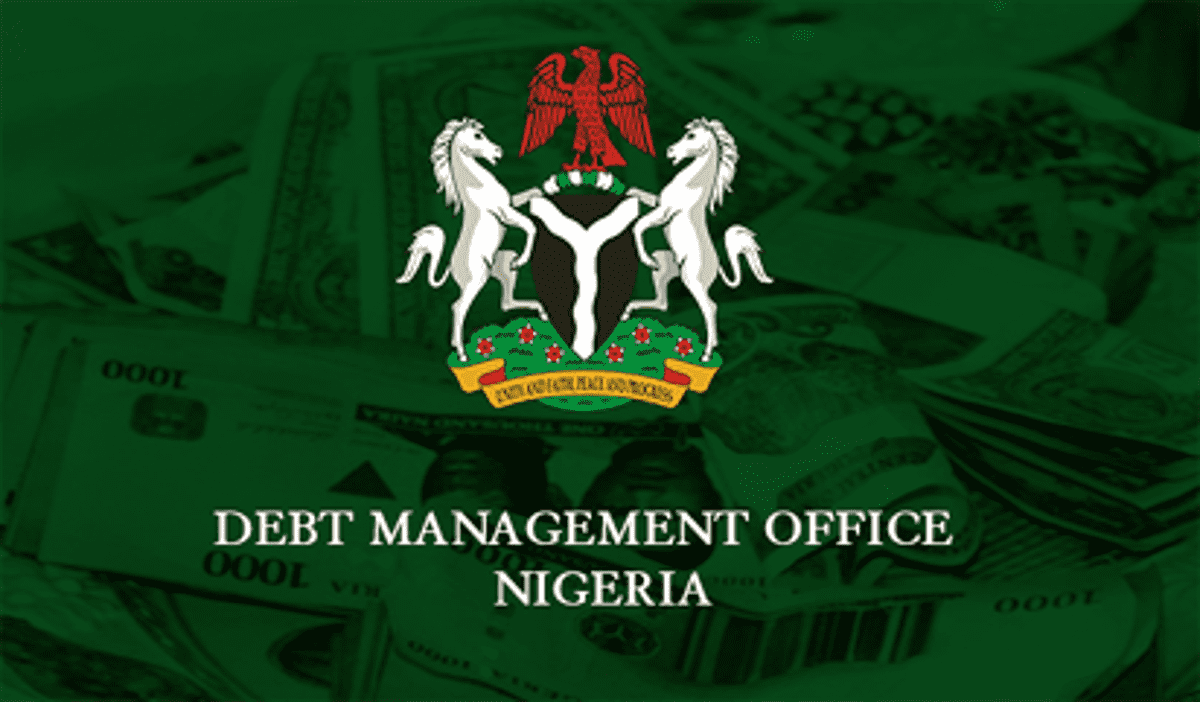Nigeria’s economic landscape recently reached a historic milestone as the country’s debt-to-gross domestic product (GDP) ratio surpassed 50 percent for the first time.
The Debt Management Office (DMO) recently revealed that Nigeria’s public debt has now escalated to N121 trillion, with N65.6 trillion in domestic debt and $42.1 billion in foreign debt, amounting to N56 trillion when converted to Naira.
As of December 2023, Nigeria’s GDP stood at N229.9 trillion in nominal terms, reflecting a real growth rate of only 2.74 percent. This positions Nigeria’s debt-to-GDP ratio at 52.9 percent, marking a significant rise from previous years. Even when considering the trailing four-quarter GDP figure of N237.5 trillion, the debt-to-GDP ratio remains alarmingly high at 51.2 percent.
This development challenges Nigeria’s previous perception of its economic resilience, which was partly based on its comparatively lower debt-to-GDP ratio. Despite the higher ratios seen in neighboring countries like Ghana (84.9 percent), South Africa (72.2 percent), Kenya (70.1 percent), and Egypt (95.8 percent), Nigeria’s primary concern has been its ability to service its debt due to a high debt service-to-revenue ratio.
Over the past eight years, Nigeria’s debt profile has surged amid fiscal challenges, primarily due to fluctuating crude oil revenues and increasing budgetary expenditures. Public debt rose dramatically from N12.6 trillion in 2015 to N97.3 trillion by the end of 2023. Notably, between December 2023 and March 2024, public debt increased by N24.3 trillion.
The DMO attributed this spike to a combination of fresh borrowing and naira devaluation.
In the first quarter of 2024 alone, Nigeria’s fresh borrowing amounted to N7.71 trillion, including N2.81 trillion from new domestic borrowing outlined in the 2024 Appropriation Act and N4.90 trillion from the securitization of the Ways and Means Advances.
Global ratings agency Moody’s had warned that Nigeria’s interest spending on debt could consume up to 36 percent of the federal government’s revenue in 2024, exacerbated by the Central Bank of Nigeria’s hawkish monetary policies that have driven local borrowing interest rates from an average of 12.8 percent in 2023 to approximately 19 percent in early 2024.
As Nigeria navigates these economic challenges, the rising debt-to-GDP ratio underscores the urgent need for strategic fiscal management and diversified revenue generation to ensure sustainable economic growth and stability.




